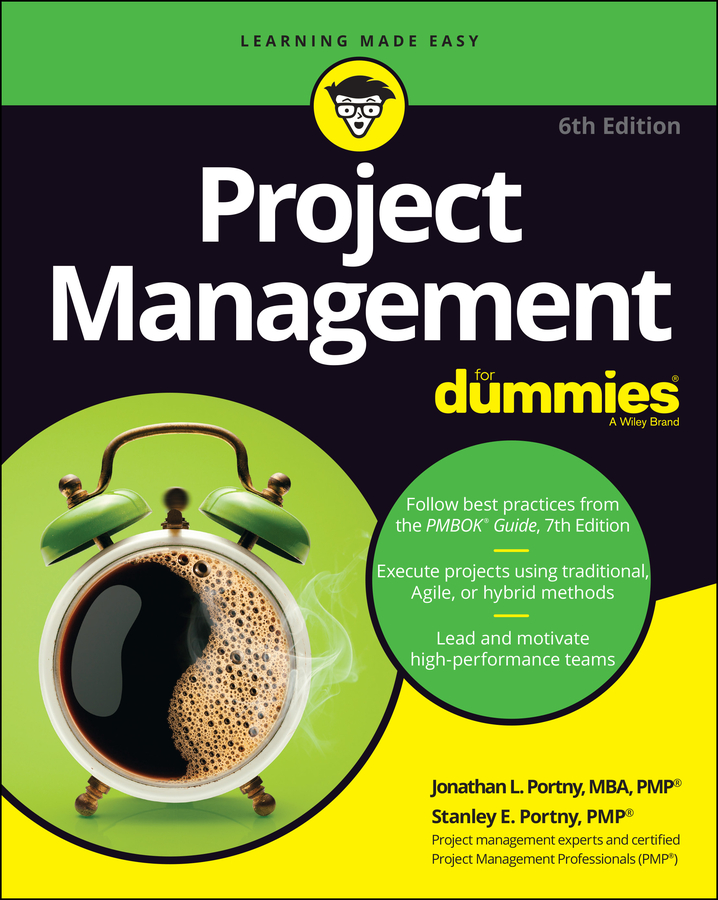To manage a project and keep it on track, you need to produce accurate activity duration estimates during the planning process. In addition to ensuring accurate and complete data, do the following to improve the quality of your duration estimates:
Define your activities clearly. Minimize the use of technical jargon, and describe work processes fully.
Subdivide your activities until your lowest-level activity estimates are two weeks or less.
Define activity start and end points clearly.
Involve the people who’ll perform an activity when estimating its duration.
Minimize the use of fudge factors. A fudge factor is an amount of time you add to your best estimate of duration “just to be safe.” Automatically estimating your final duration estimates to be 50 percent greater than your initial ones is an example.
Fudge factors compromise your project planning for the following reasons:
Work tends to expand to fill the allotted time. If you’re able to finish an activity in two weeks but use a 50-percent fudge factor to indicate a duration of three weeks, the likelihood that you’ll finish in less than three weeks is almost zero.
People use fudge factors to avoid studying activities in sufficient depth; as a result, they can’t develop viable performance strategies.
Team members and other project audiences lose faith in your plan’s accuracy and feasibility because they know you’re playing with numbers rather than thinking activities through in detail.
No matter how hard you try, estimating duration accurately can be next to impossible for some activities. For example, you may have an exceptionally difficult time coming up with accurate duration estimates for activities you haven’t done before, activities you’ll perform in the future, and activities with a history of unpredictability.
In these cases,
Make the best estimate you can by following the approaches and guidelines in this section.
Monitor activities closely as your project unfolds to identify details that may affect your initial estimate.
Reflect any changes in your project schedule as soon as you become aware of them.
In situations where you’ve performed an activity many times before and have historical data on how long it took each time, you may be able to estimate with confidence how long the activity will take the next time you perform it. In less certain situations, however, you may choose to consider the activity’s duration as a random variable that can have a range of values with different probabilities.
If only a small number of activities in your network are uncertain, you may assign their durations to be equal to their expected values and determine the critical path, earliest and latest start and finish times, and slack times as before. However, if all activities in your network are uncertain, you may choose to develop three time estimates for each activity. In this case, you can use the properties of the Beta distribution to determine the probability that the length of the critical path falls within specified ranges on either side of the expected value.

